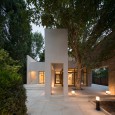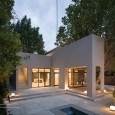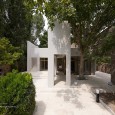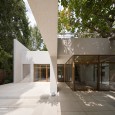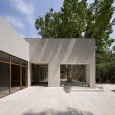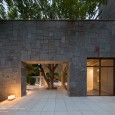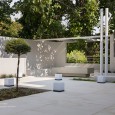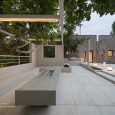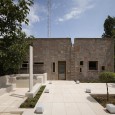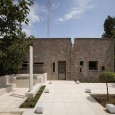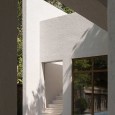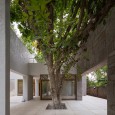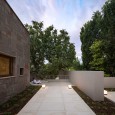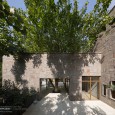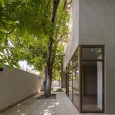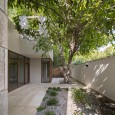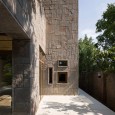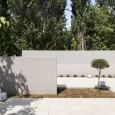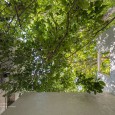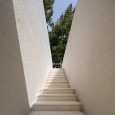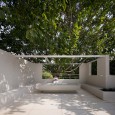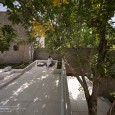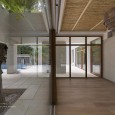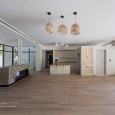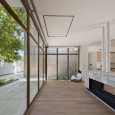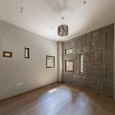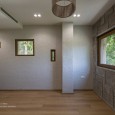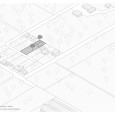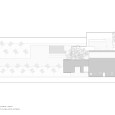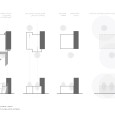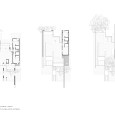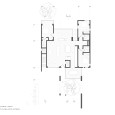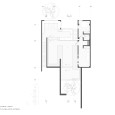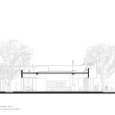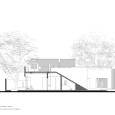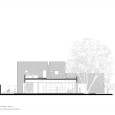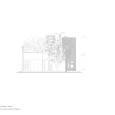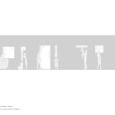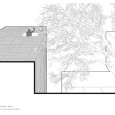Description
At the beginning of the project and with a careful investigation in terms of geography and culture, we faced challenges that included the following:
1. The presence of two old walnut trees in the area
2. The interaction of a traditional family with a more up-to-date and modern member
According to these challenges, the key questions of the project were formed based on the following topics:
How can you improve and continue life in the vicinity of old walnut trees by preserving them? / How to create a house that is suitable for two different generations, as a place of rest and living?
Walnuts were the most valuable elements on our site. Therefore, we built the mass of the building between these two trees. The transparency of the building increases next to the trees, until the space reaches the "both-inside-and-outside" state. The volume of the building is stretched along the axis of the walnut trees and the panels extend like arms to embrace the tree. These arms form the entrance space next to the southern walnut tree.
To increase the connection with walnuts, we created a higher level to touch not only the trunk of the tree, but also its branches, leaves and fruits. This new courtyard at roof level is a place to walk from one walnut to another, from one shade to another. In this way, not only the house between two walnuts, but also a yard between them was created.
Then, life at home was divided into two distinct parts, transparent and rigid. Private spaces, with the exception of the daughter's room -which has a modern perspective- are placed in the solid part. Transparent life happens in the public area, with broad views to the outside, and rigid life happens in private areas with limited views. Different materials were also used in both sections to strengthen this contrast; mountain stone in the solid part and soft cement and glass in the transparent part.
Farsi
Please click on the Link below to read the information in Farsi Language.
Click Here!
